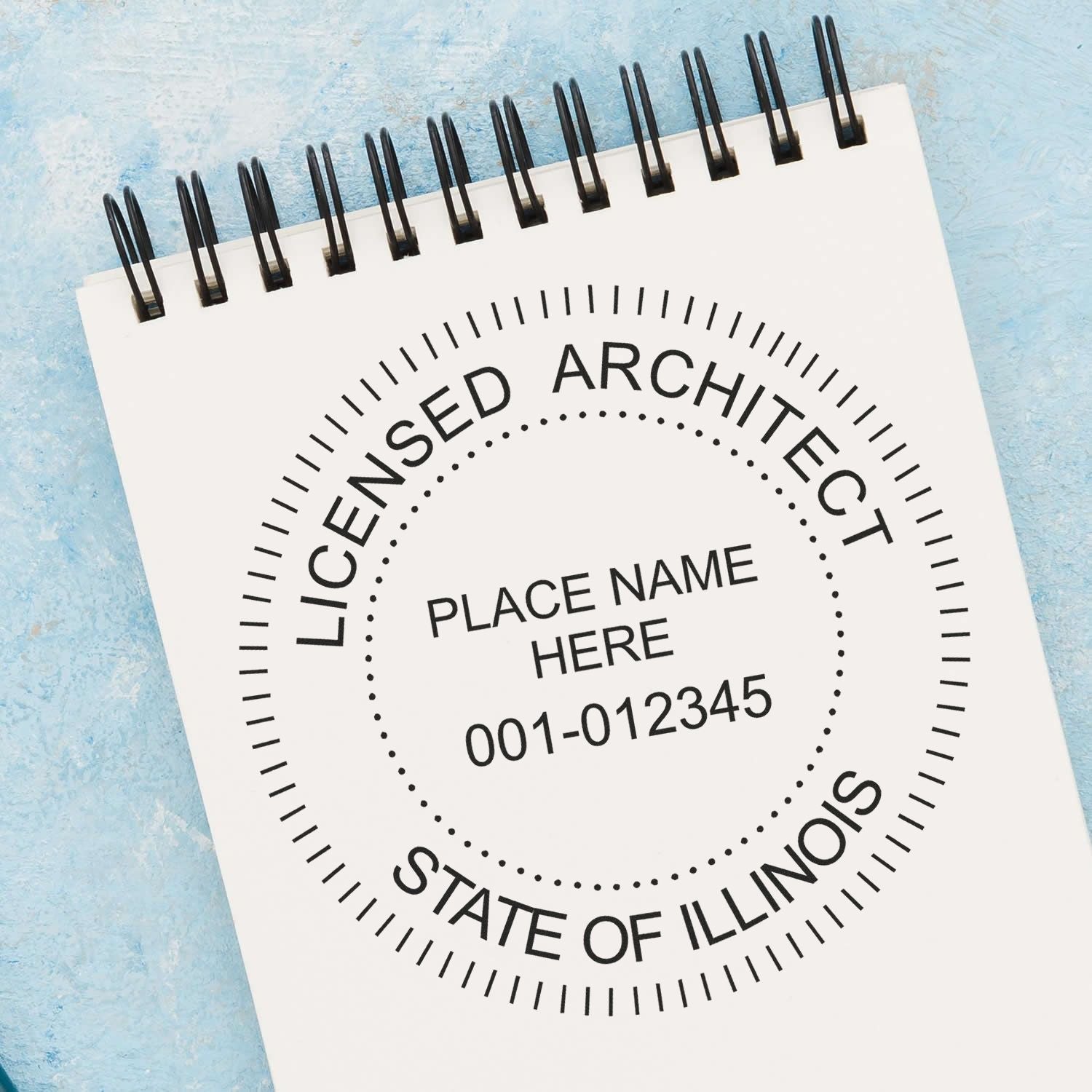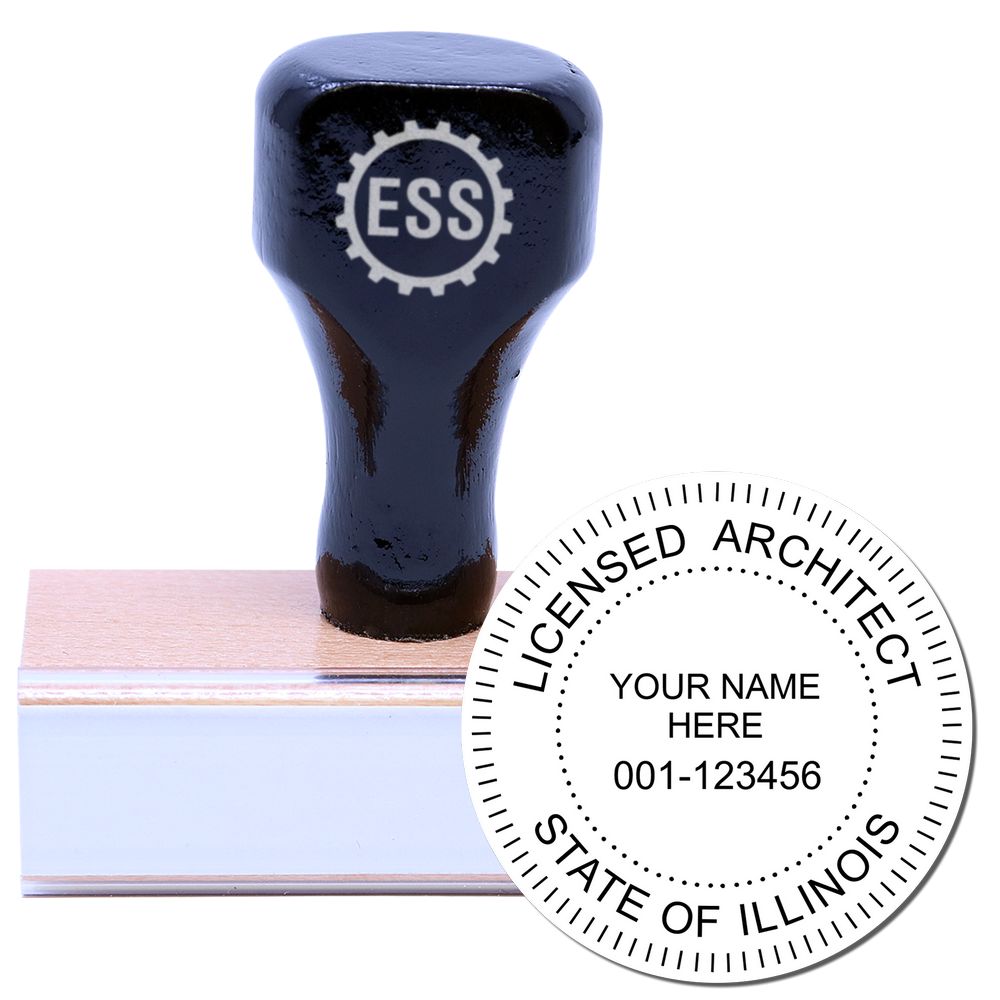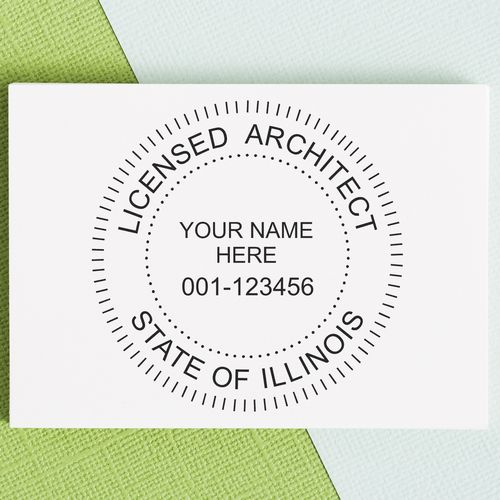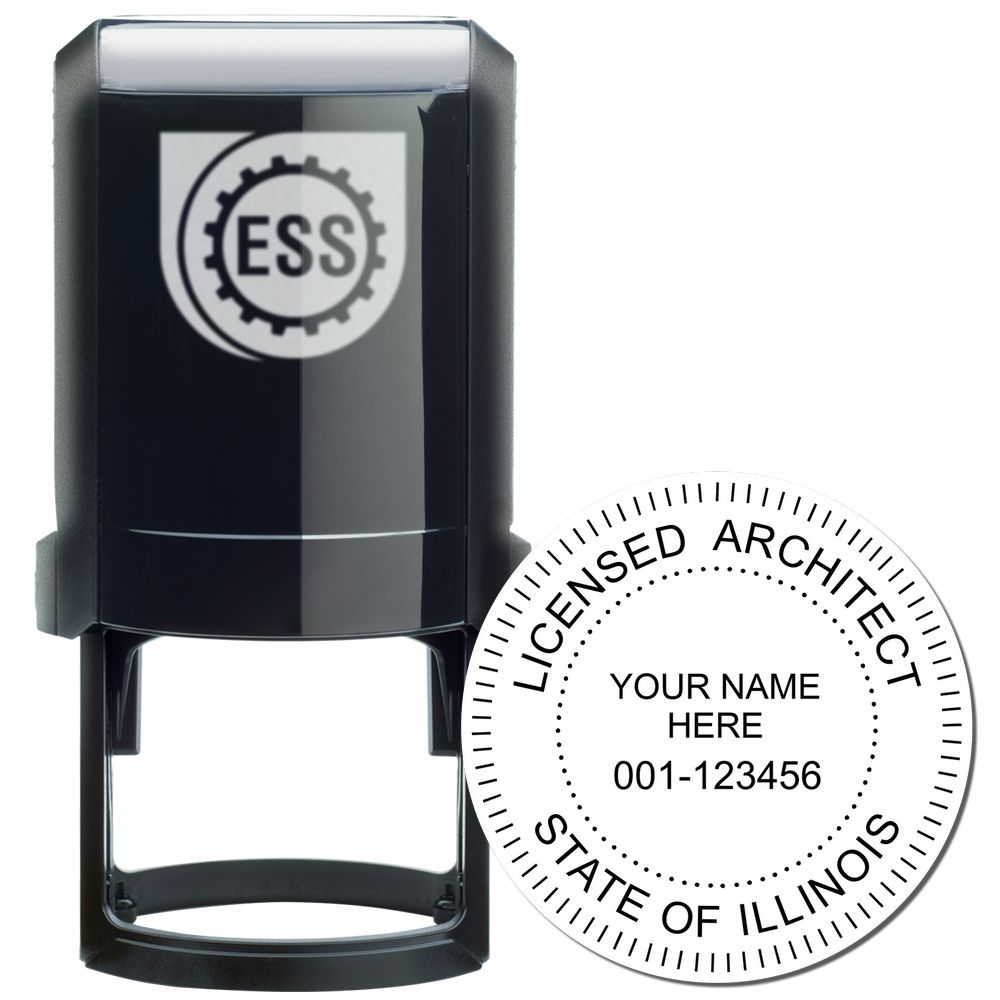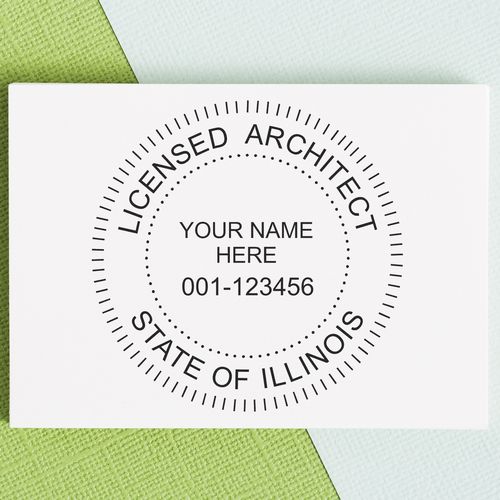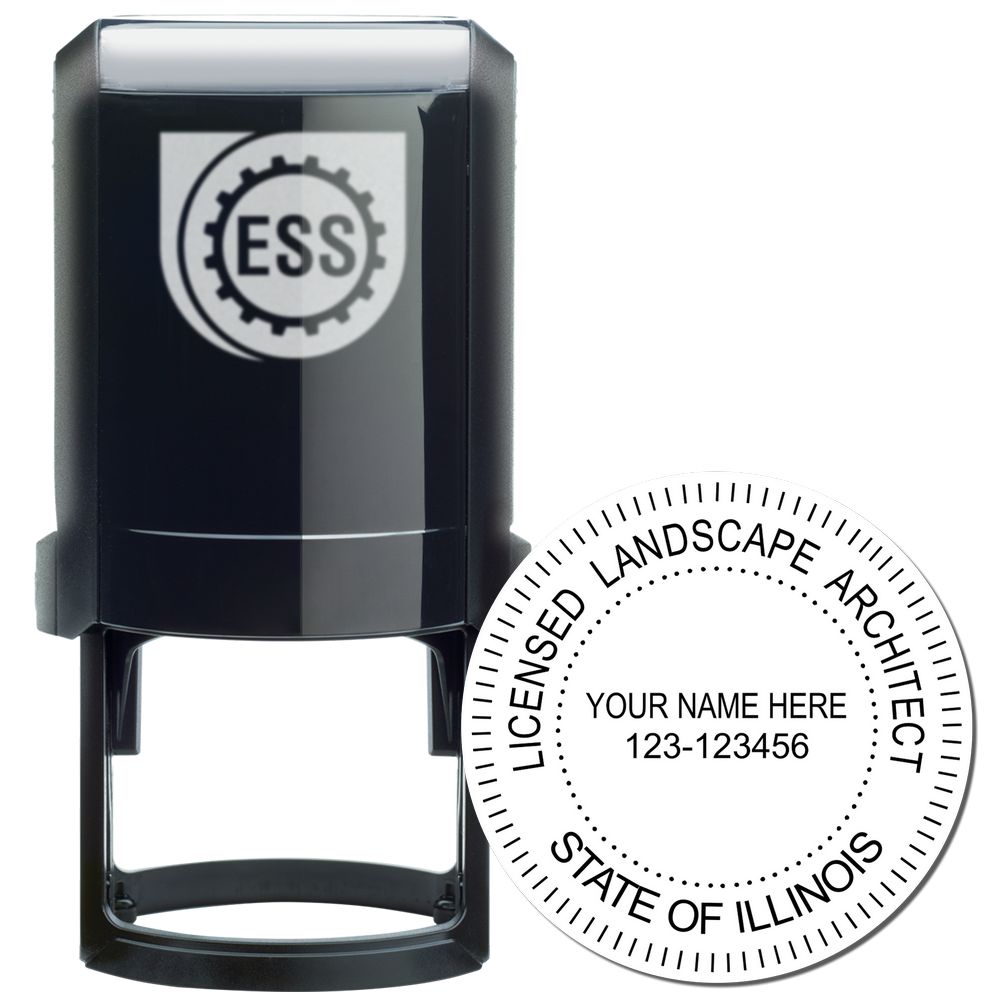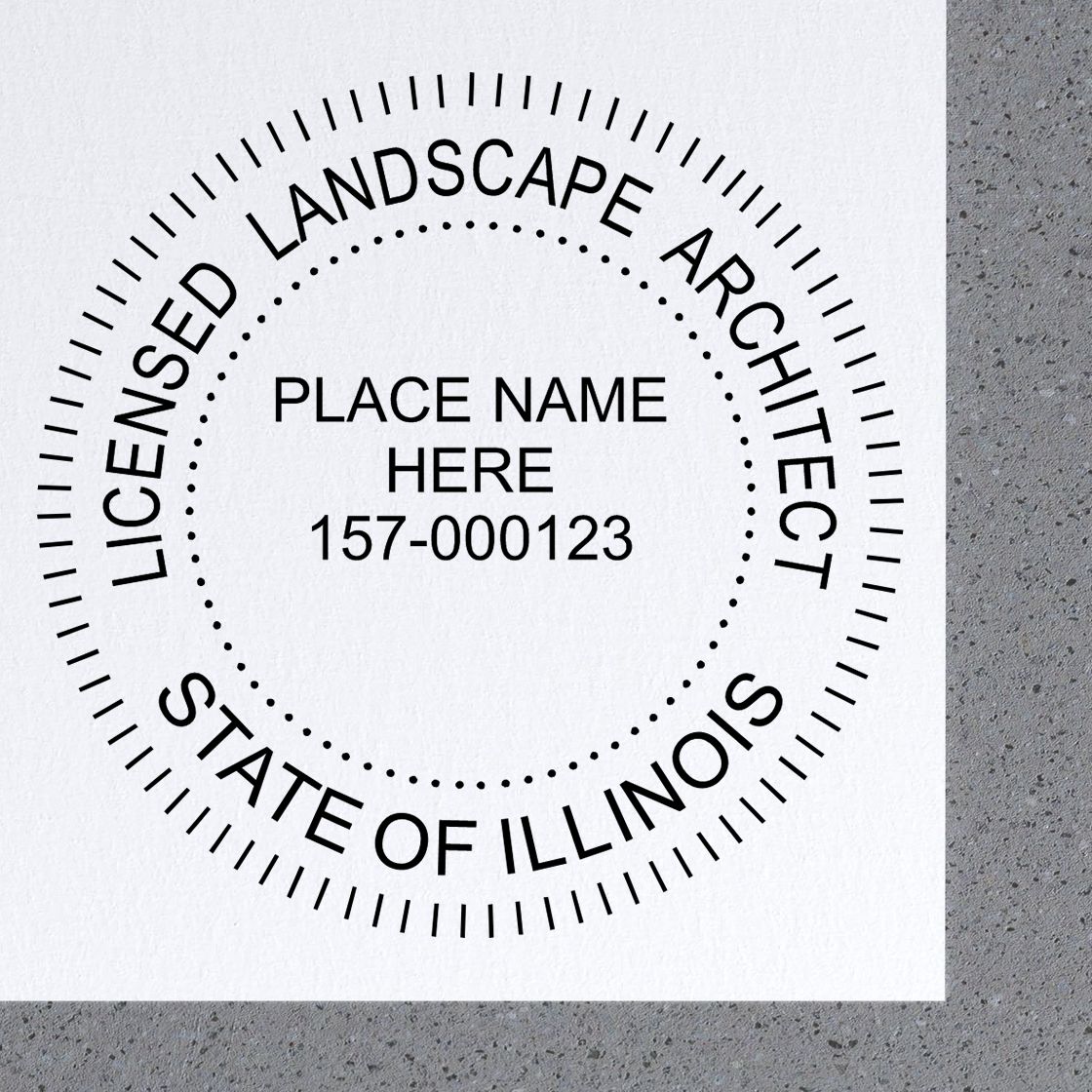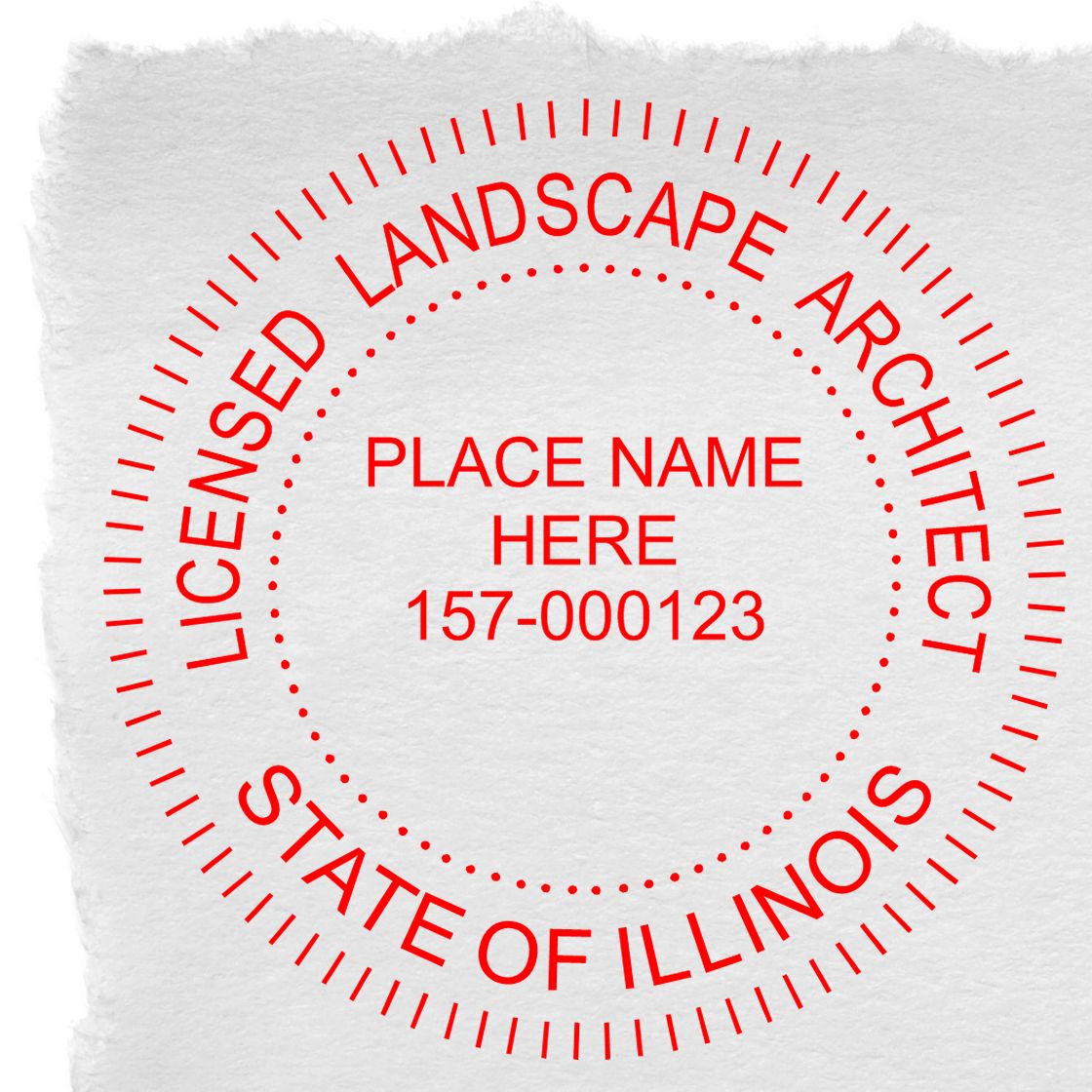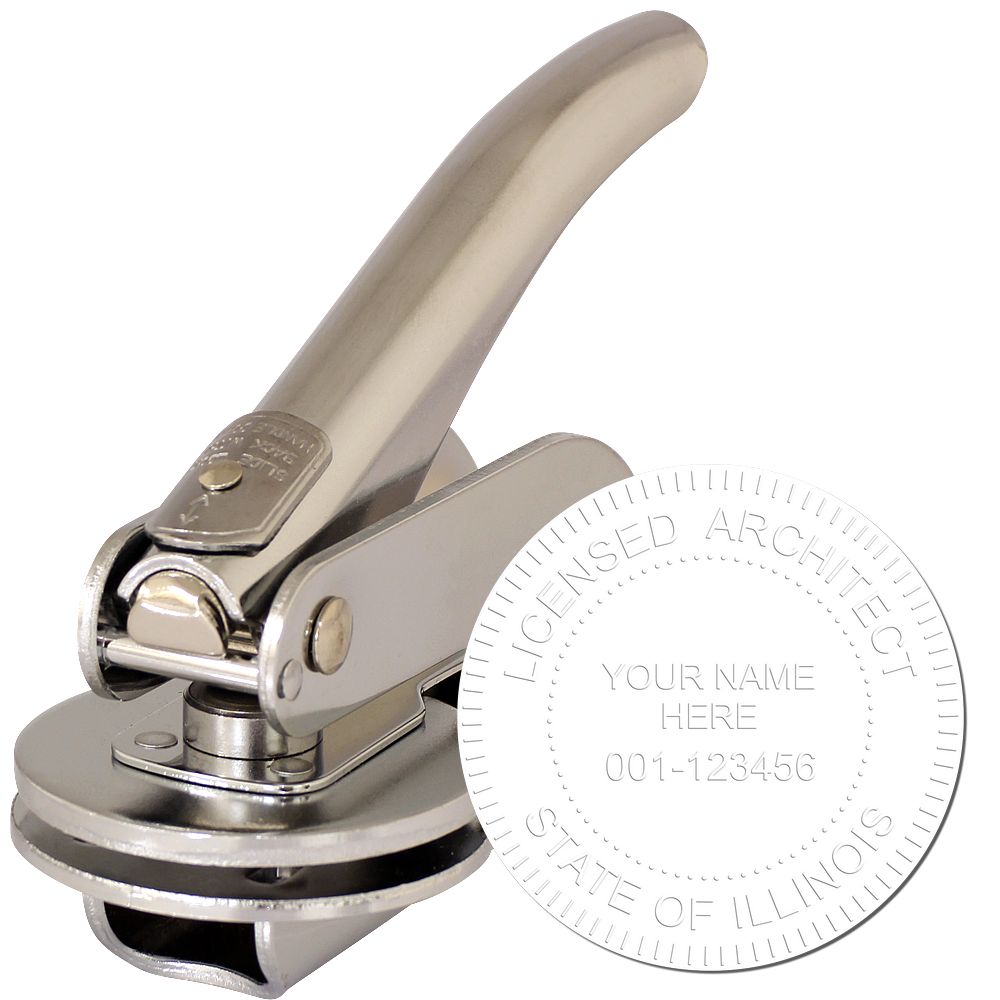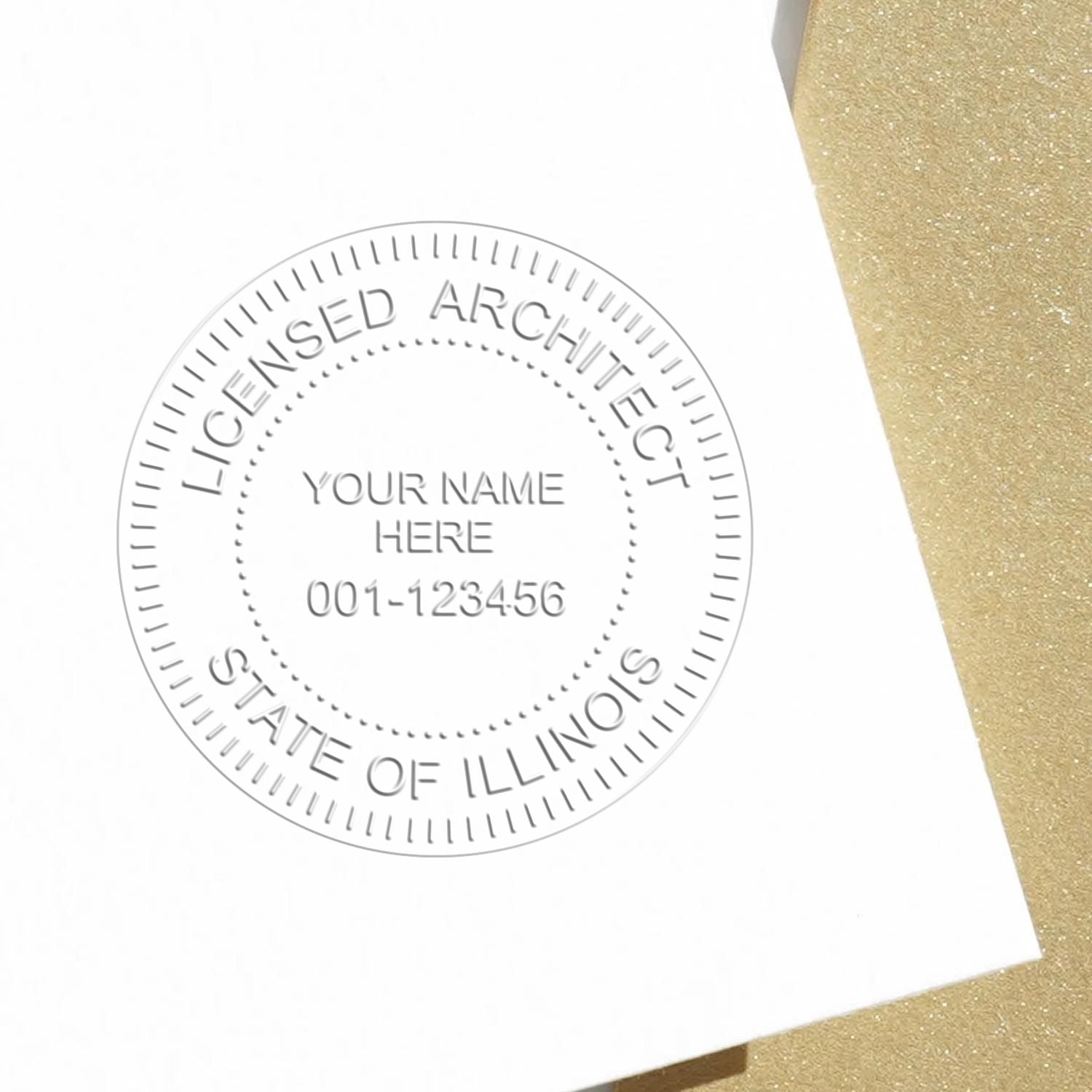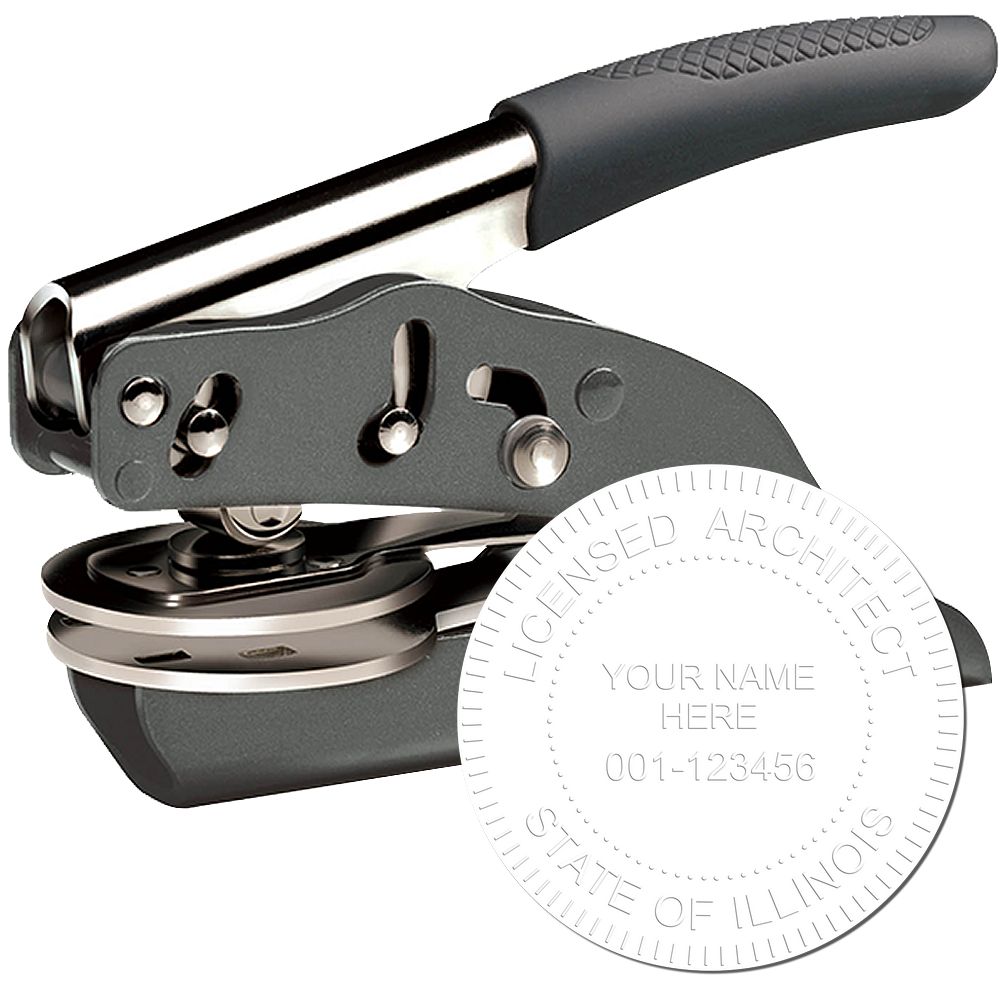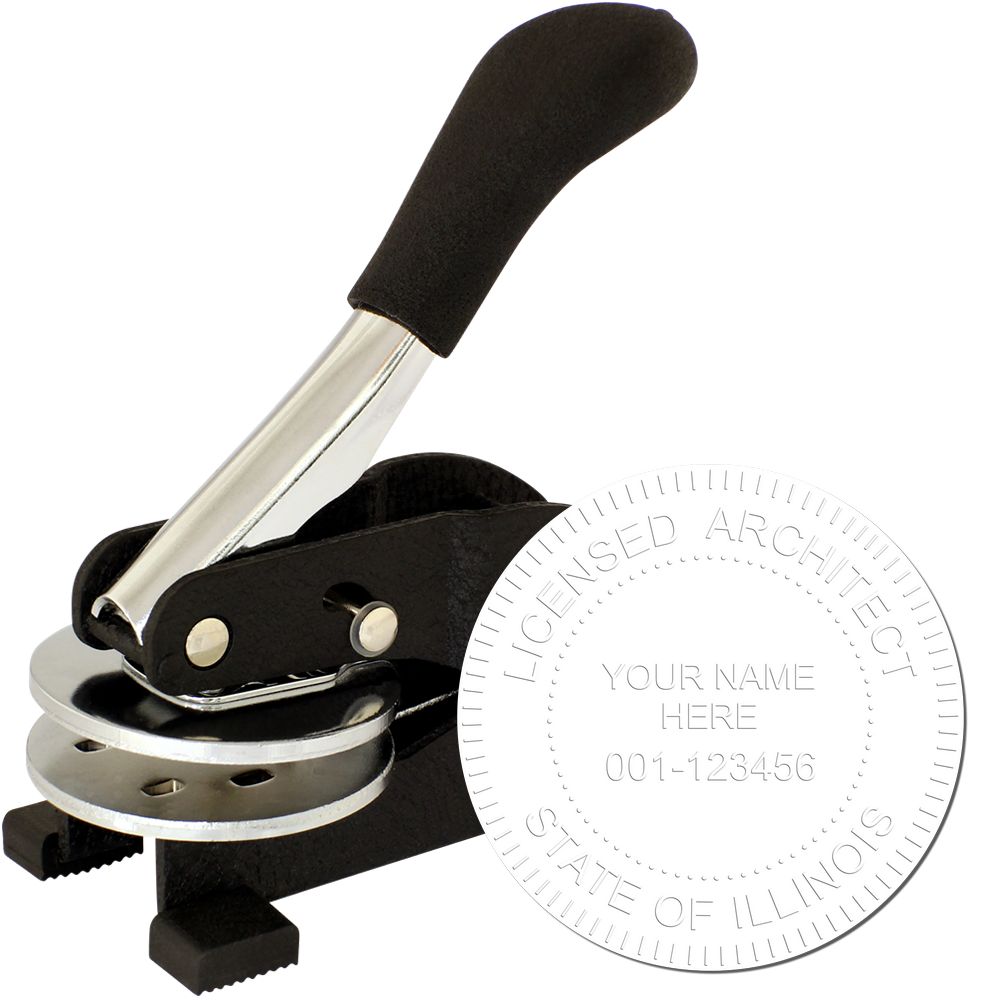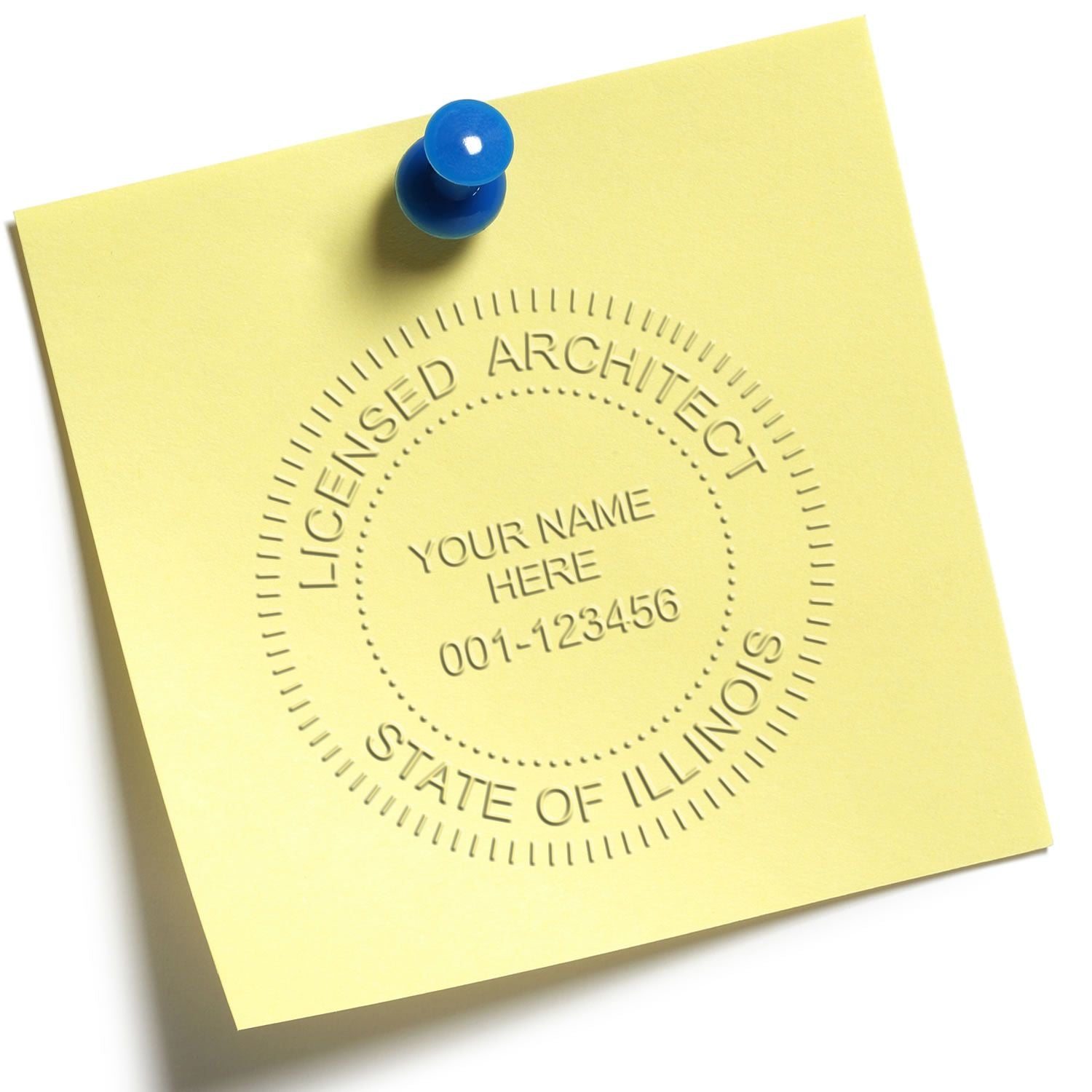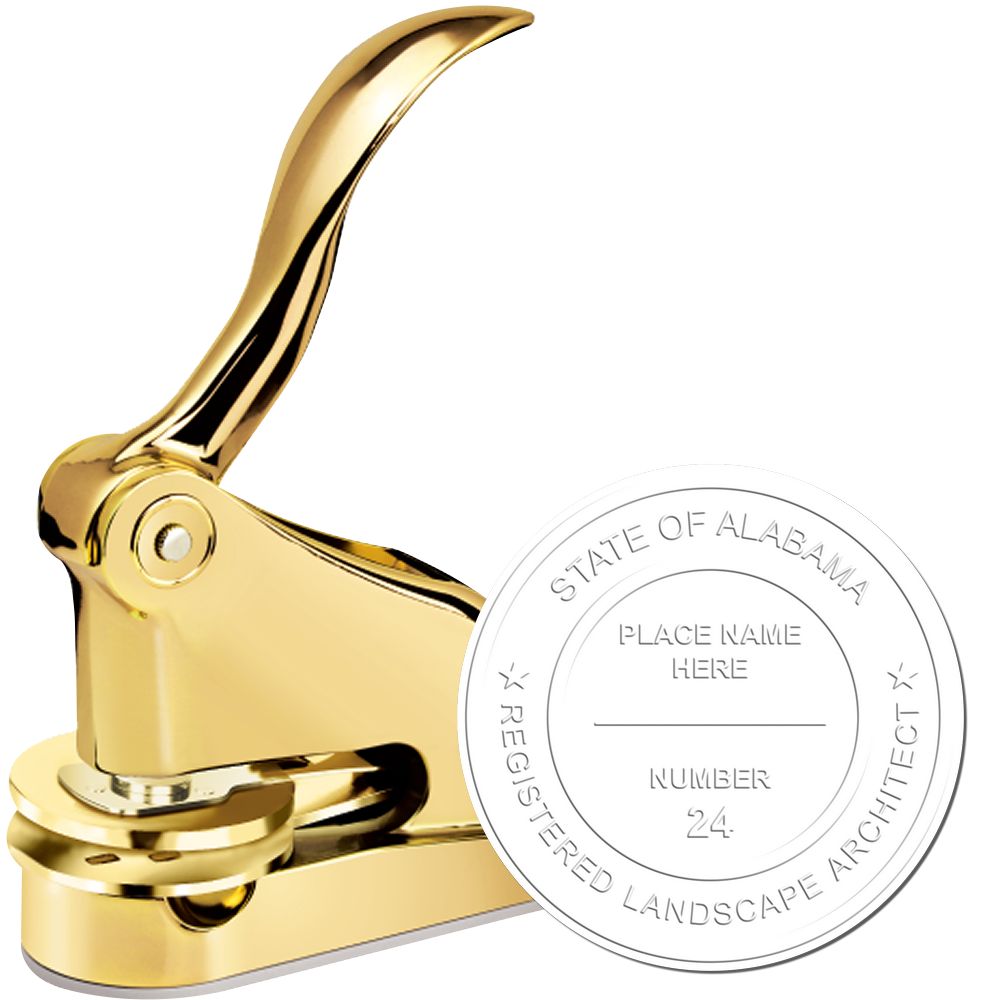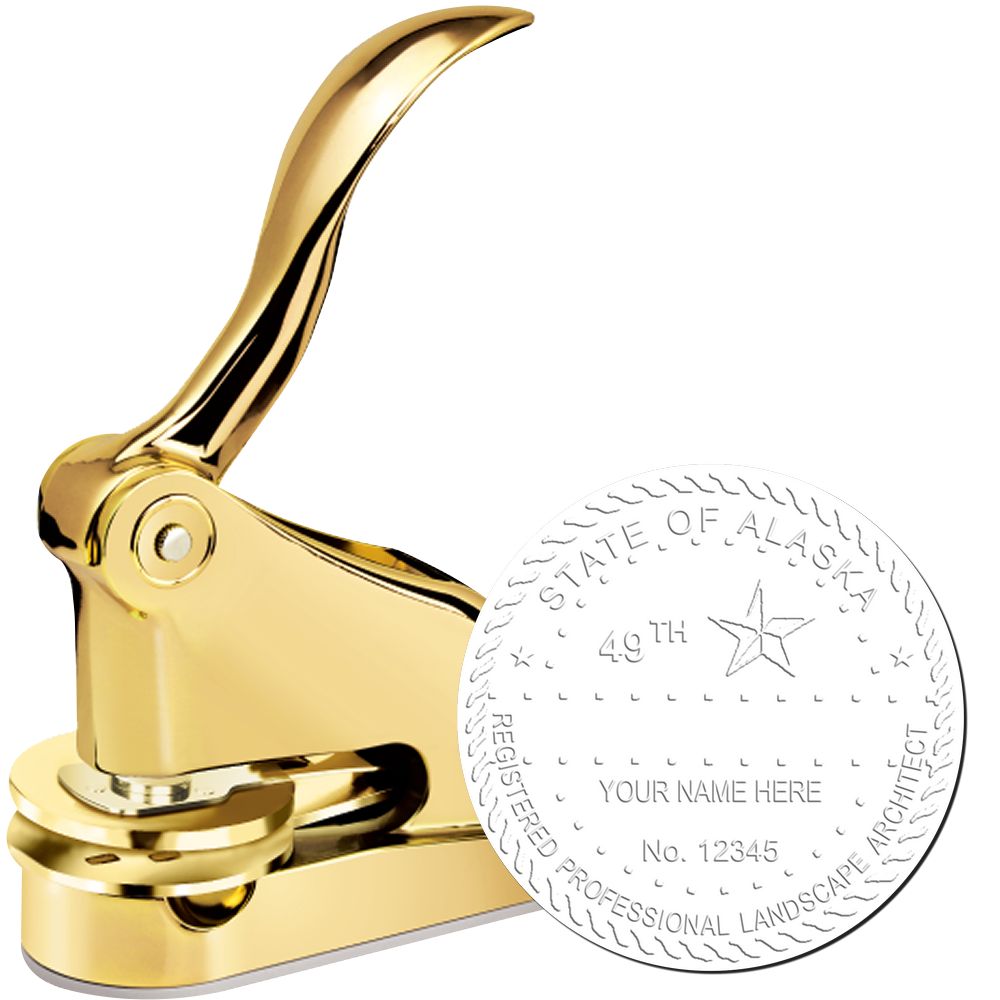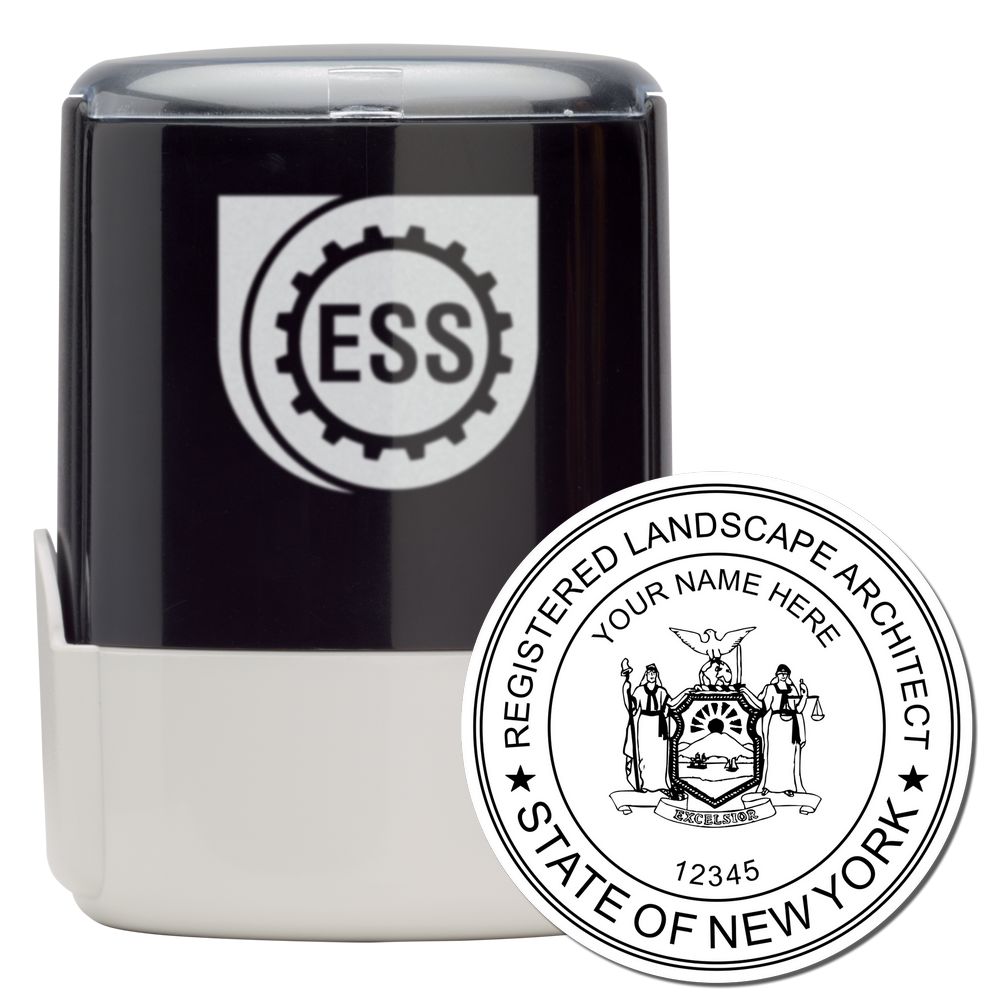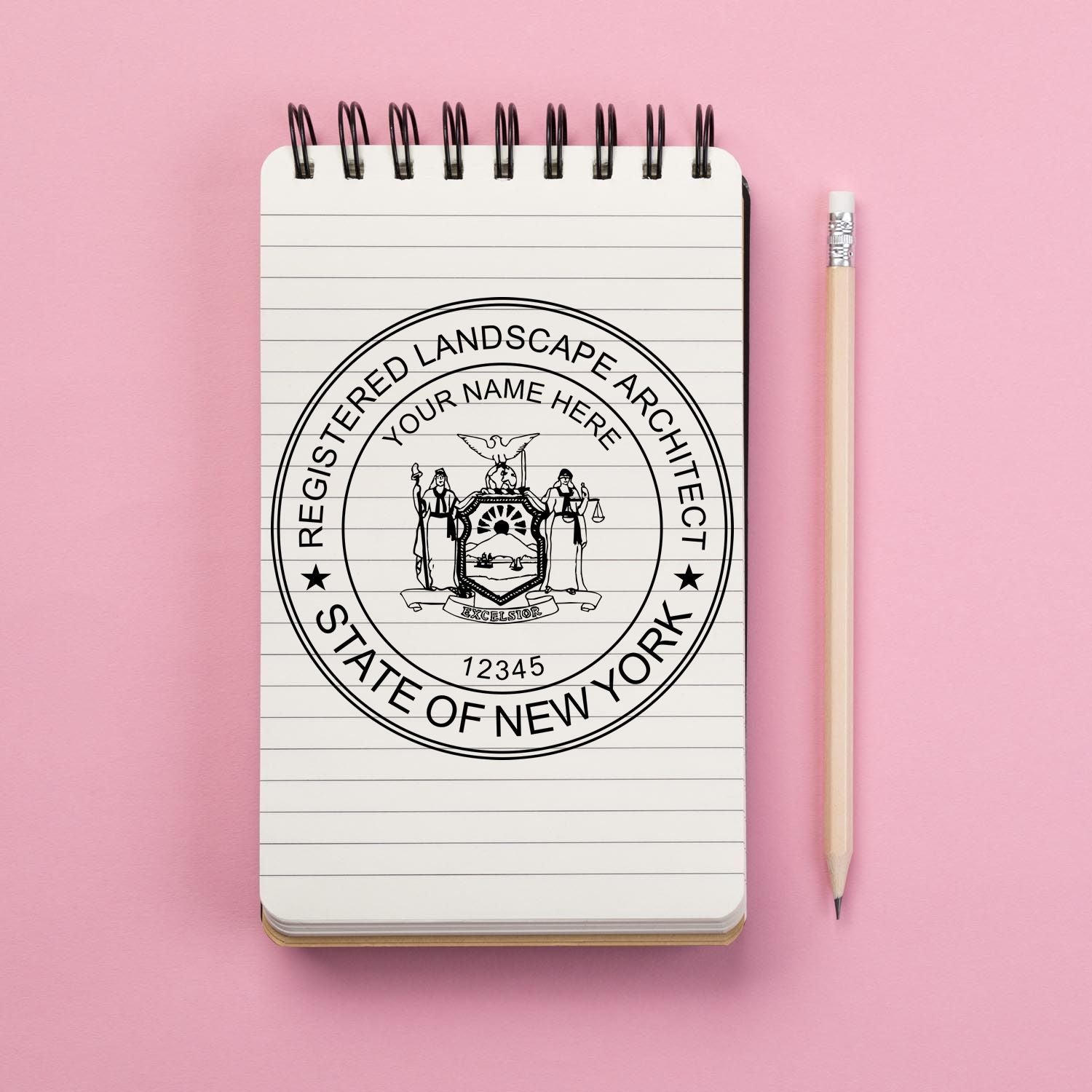The Importance of an Illinois Architect Seal
When it comes to practicing architecture in the state of Illinois, having an Illinois Architect Seal is of utmost importance. This official seal serves as a mark of authenticity and credibility for architects, signifying their professional qualifications and compliance with state regulations. Let's explore what an Illinois Architect Seal is and why it holds such significance.
What is an Illinois Architect Seal?
An Illinois Architect Seal is a unique, personalized stamp or embossing tool that contains specific information about the architect, such as their name, license number, and the title "Registered Architect." This seal is used to authenticate architectural drawings, plans, specifications, and other related documents. It acts as a visual representation of the architect's professional endorsement and involvement in the design and construction process.
The design of the Illinois Architect Seal must adhere to the guidelines set forth by the Illinois Department of Financial and Professional Regulation (IDFPR). These guidelines ensure consistency and uniformity among architect seals while maintaining the security and integrity of the seal. To learn more about the design requirements for an Illinois Architect Seal, refer to our article on illinois architect stamp design.
Why is an Illinois Architect Seal Important?
The Illinois Architect Seal holds great importance for architects practicing within the state. Here are a few reasons why it is essential:
-
Legal Compliance: In accordance with the Illinois Architect Act, architects are required to affix their seal on all architectural documents that they prepare or approve. Failure to comply with this requirement may lead to legal consequences and disciplinary actions. Familiarizing yourself with the specific regulations associated with the Illinois Architect Seal is crucial. You can find detailed information on the stamp regulations in our article on illinois architect stamp regulations.
-
Professional Recognition: Displaying the Illinois Architect Seal on architectural documents helps establish professional recognition and credibility. Clients, contractors, and regulatory authorities can easily identify that the documents have been prepared or approved by a licensed architect, instilling confidence in the quality and expertise of the architect's work.
-
Protection of Public Health and Safety: The Illinois Architect Seal plays a significant role in ensuring public health, safety, and welfare. By affixing their seal on architectural documents, architects take responsibility for the accuracy and compliance of the designs with applicable building codes and regulations. This helps protect the general public and ensures that buildings are constructed to meet safety standards.
Obtaining and properly using an Illinois Architect Seal is an essential step for architects in meeting their professional obligations and maintaining regulatory compliance. It is crucial to stay up-to-date with the latest guidelines and requirements to avoid any complications or issues. To explore your options for purchasing an Illinois Architect Seal, visit our article on illinois architect stamp online.
Understanding Illinois Architect Seal Laws
To ensure professionalism and accountability in the architectural field, the state of Illinois has established specific laws and regulations governing the use of an Illinois Architect Seal. Familiarizing yourself with these laws is essential for architects practicing in Illinois.
Illinois Architect Licensing Requirements
Before an architect can obtain an Illinois Architect Seal, they must meet the licensing requirements set forth by the state. These requirements typically include completing an accredited architectural program, gaining relevant work experience, and passing the Architect Registration Examination (ARE). The specific requirements may vary, so it's essential to consult the Illinois Department of Financial and Professional Regulation (IDFPR) for the most up-to-date information.
Once an architect has successfully met the licensing requirements, they are eligible to apply for an Illinois Architect Seal, which serves as a professional identification and validation of their authority to practice architecture in the state.
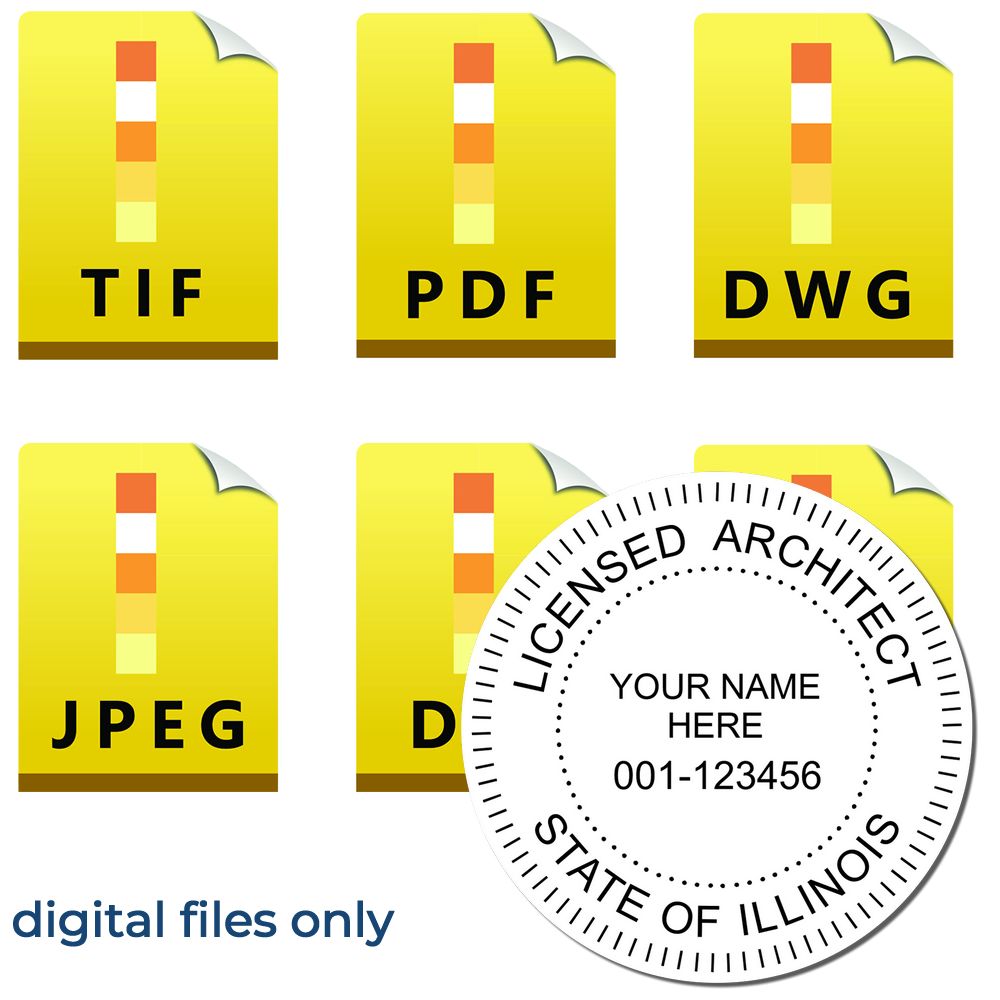
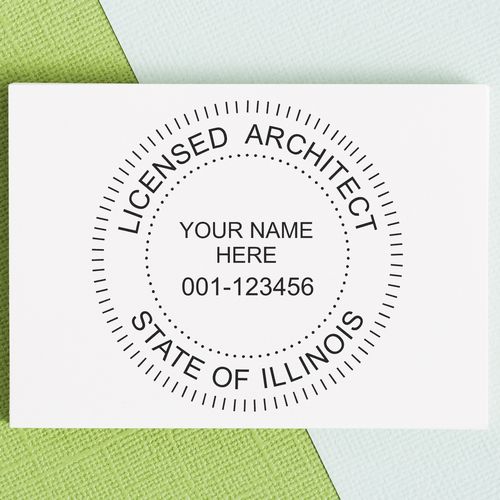
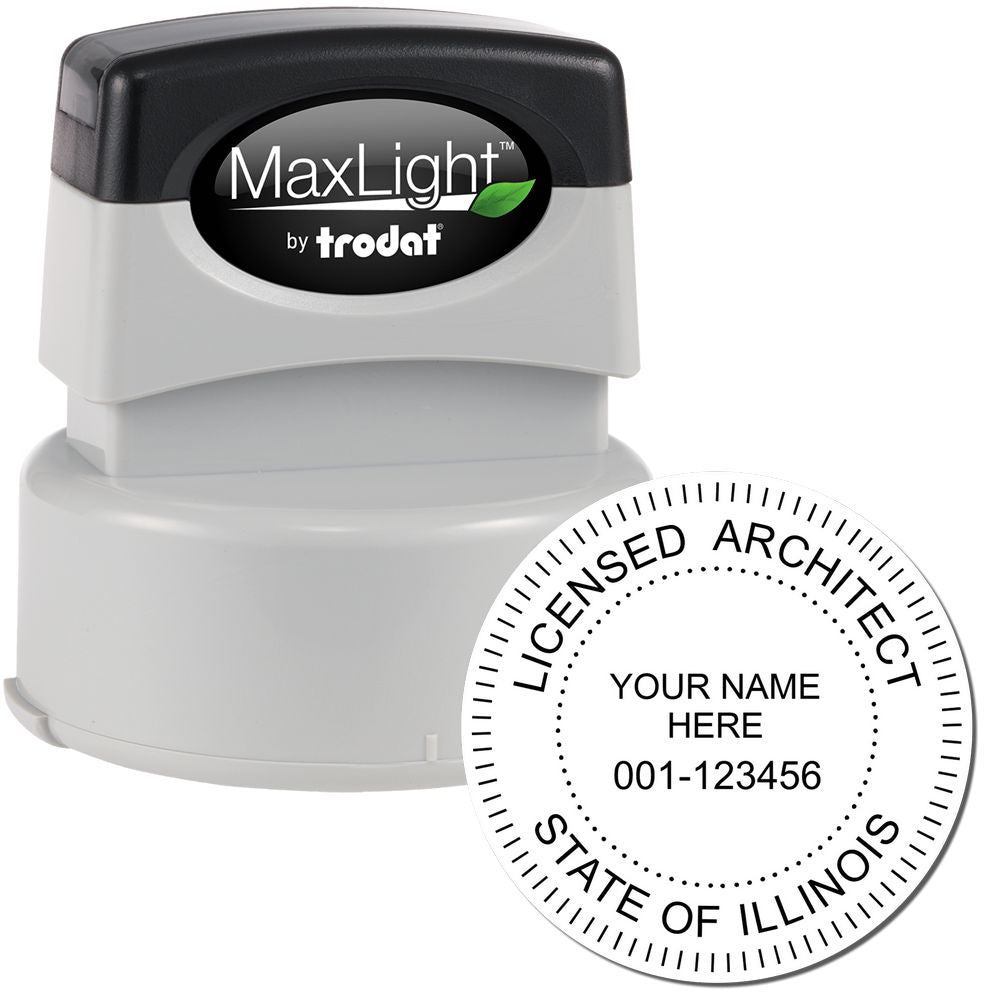
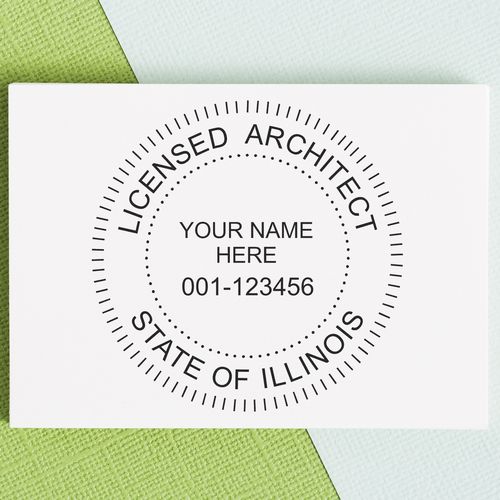
The Role of the Illinois Department of Financial and Professional Regulation
The Illinois Department of Financial and Professional Regulation (IDFPR) plays a vital role in overseeing the licensing and regulation of professionals, including architects, in the state. The IDFPR ensures that architects adhere to the laws and regulations set forth by the state, including those related to the use of an Illinois Architect Seal.
As the governing body, the IDFPR is responsible for reviewing and approving applications for architect seals, ensuring compliance with all applicable laws and regulations. They also monitor and enforce compliance with ongoing professional requirements, such as license renewals and continuing education.
Architects can find valuable resources, guidelines, and information on the IDFPR website to help them navigate the licensing process and stay updated on any changes or updates to the Illinois Architect Seal laws.
Understanding the licensing requirements and the role of the IDFPR is crucial for architects in Illinois. By complying with these laws and regulations, architects can ensure their professional success and maintain their standing as licensed professionals in the state. For more information on Illinois Architect Stamps, including design requirements and regulations, visit our article on illinois architect stamps.
Key Components of Illinois Architect Seal Laws
To fully understand the requirements and regulations surrounding the use of an Illinois architect seal, it is important to be familiar with the key components of Illinois architect seal laws. These components include the design and specifications of the architect seal, usage and display requirements, and information regarding renewal and expiration.
Design and Specifications of the Architect Seal
The design and specifications of the architect seal are crucial to ensure its validity and compliance with Illinois architect seal laws. The Illinois Department of Financial and Professional Regulation (IDFPR) provides guidelines regarding the design and layout of the seal. These guidelines may include specific requirements such as the size, shape, and format of the seal, as well as the inclusion of certain information such as the architect's name, registration number, and the words "Registered Architect."
To learn more about the specific design requirements for an Illinois architect seal, it is recommended to refer to the official guidelines provided by the IDFPR. You can also explore our article on Illinois architect stamp design for further information and resources.
Usage and Display Requirements
In addition to the design specifications, Illinois architect seal laws also outline the usage and display requirements for the architect seal. These requirements dictate how and where the seal should be used on architectural documents, such as drawings, specifications, and other professional documents.
The architect seal is typically used to signify that the architectural work has been approved and certified by a licensed architect. It is important to understand the appropriate usage and placement of the seal to ensure compliance with Illinois architect seal laws.
For detailed information on the usage and display requirements, architects should refer to the official regulations provided by the IDFPR or consult our article on Illinois architect stamp regulations.
Renewal and Expiration
Illinois architect seal laws also outline the process for renewal and expiration of the architect seal. Architects must be aware of the renewal requirements, including any continuing education or professional development obligations, to maintain an active architect seal.
Renewal periods may vary depending on the state and the architect's registration status. Architects should keep track of their renewal dates to ensure their seal remains valid and in compliance with Illinois architect seal laws.
It is essential to stay updated on any changes or updates to the renewal process and requirements. For more information on renewal and expiration of the architect seal, architects can refer to the official guidelines provided by the IDFPR or visit our article on Illinois architect stamp guidelines.
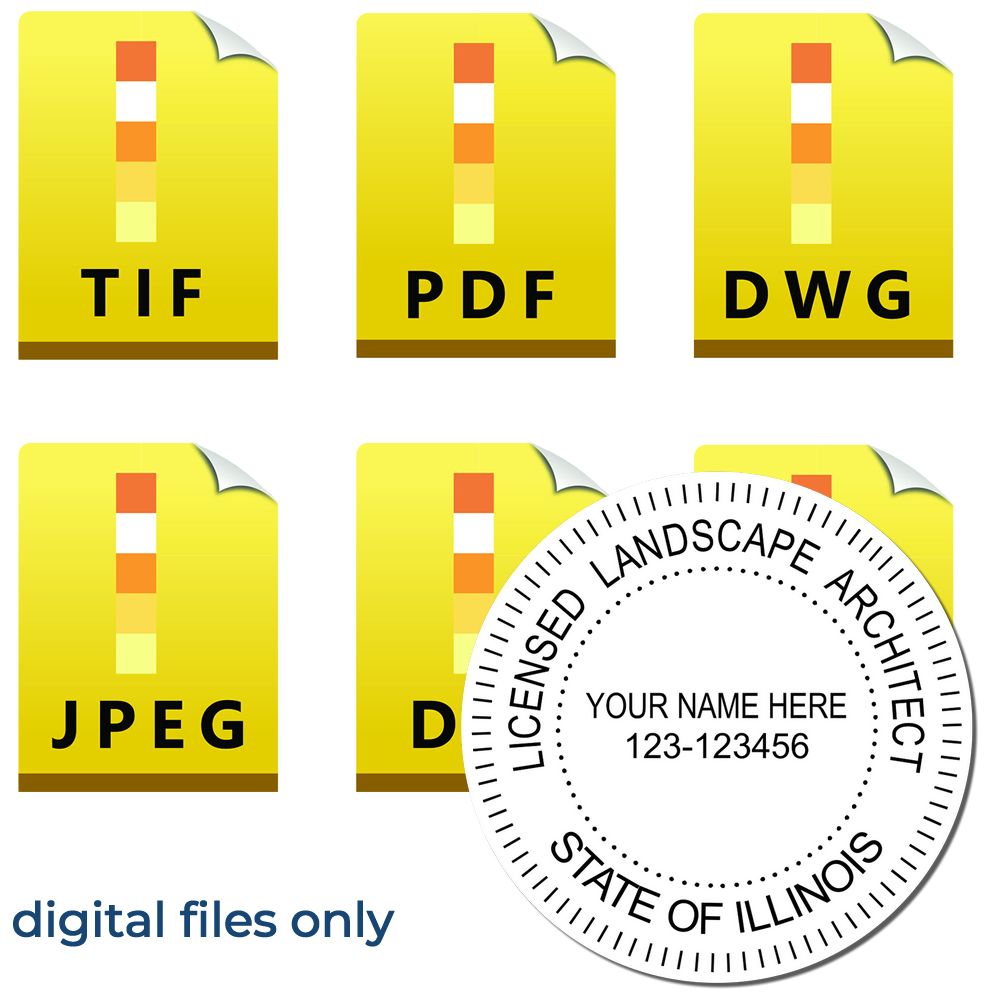
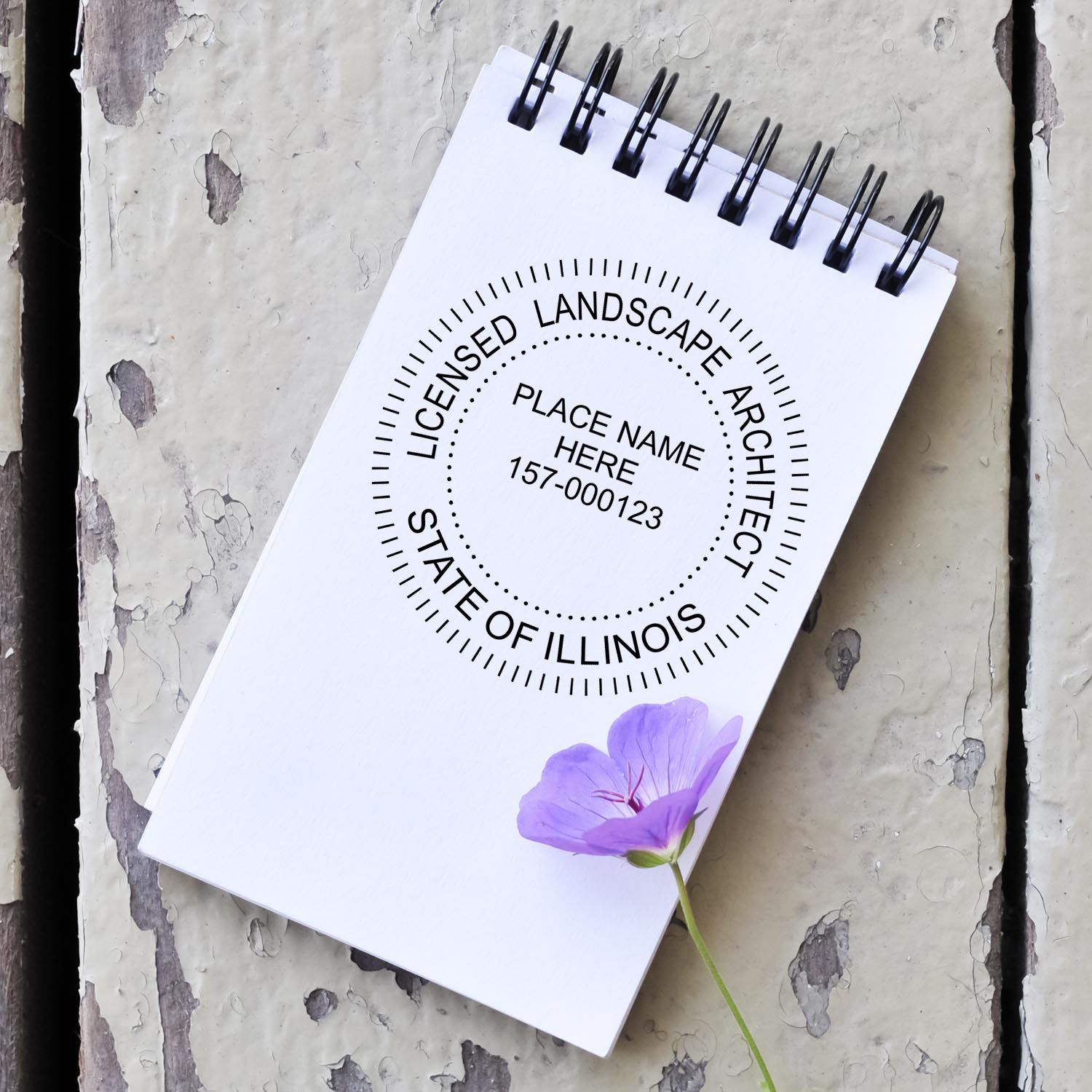
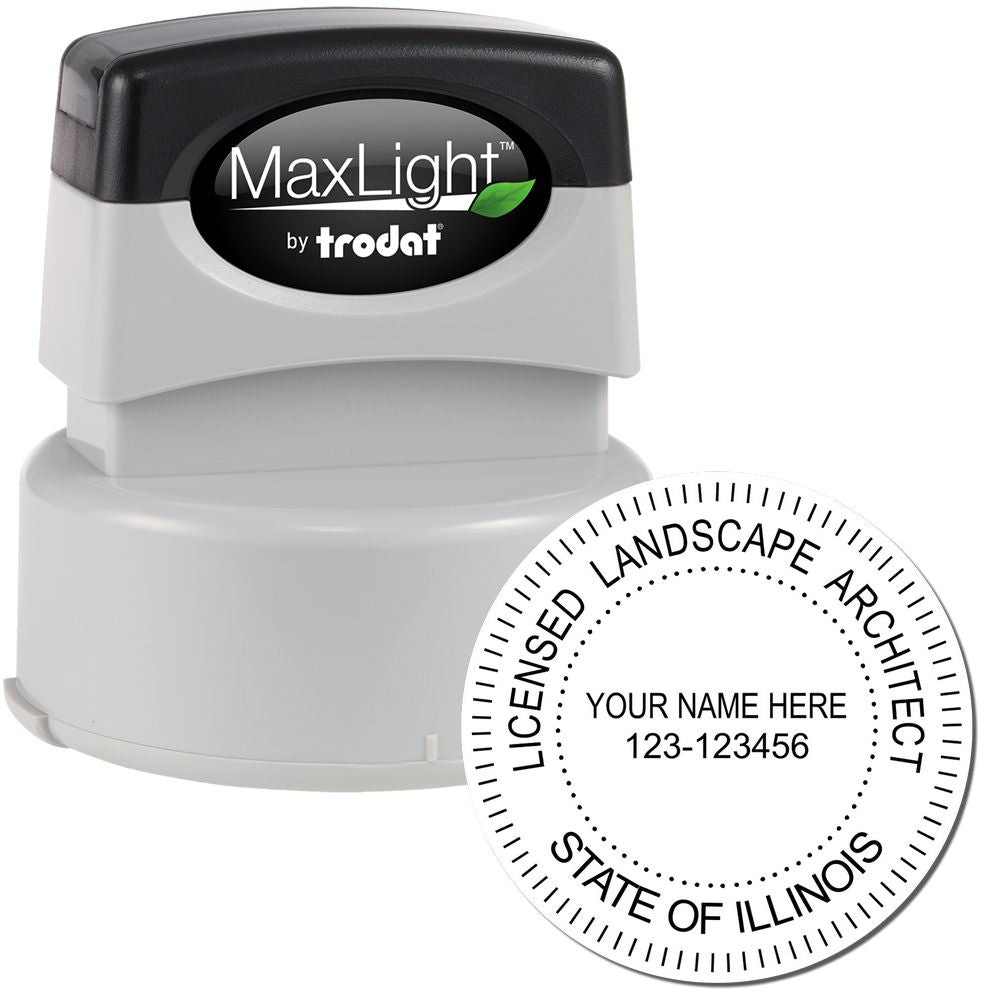
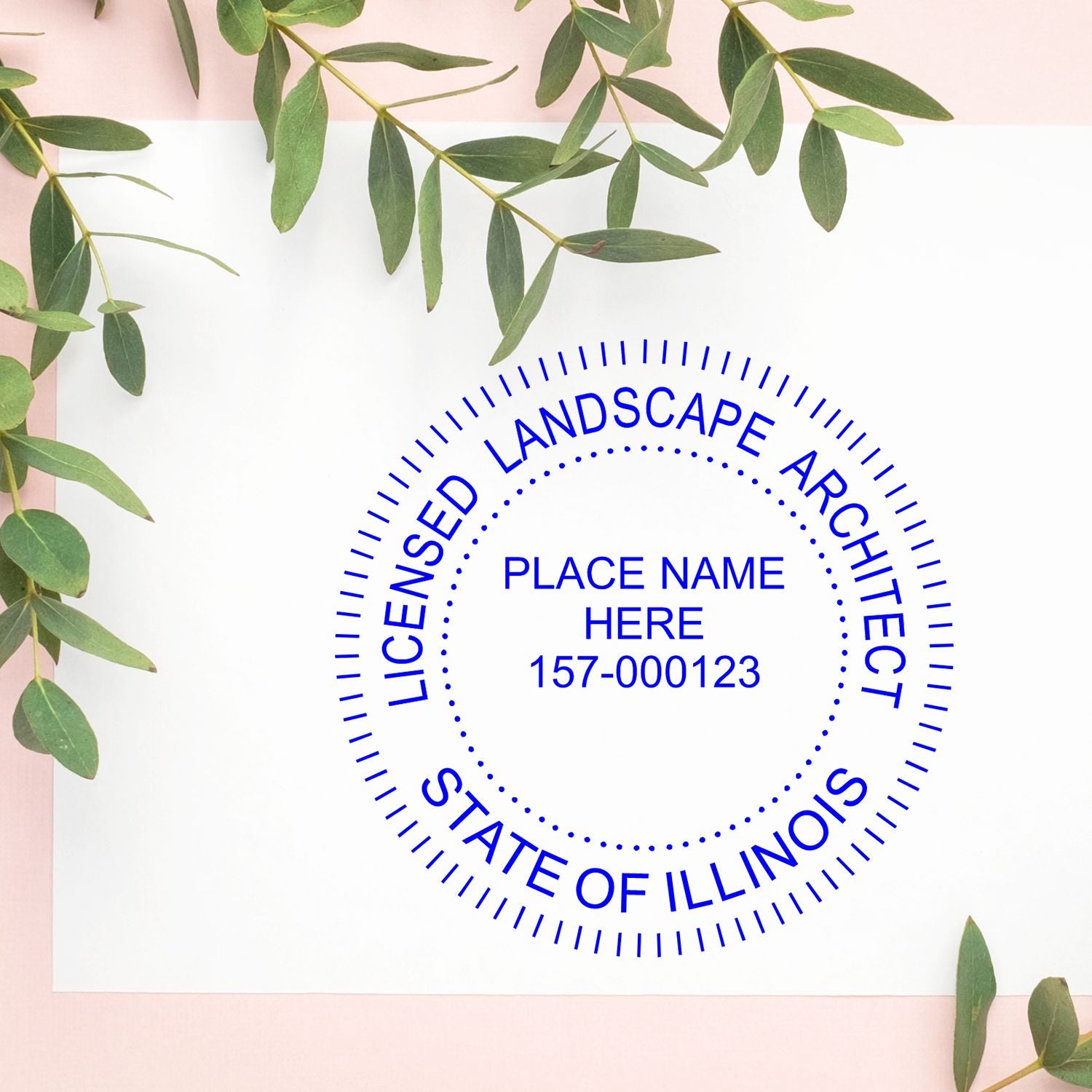
By understanding the key components of Illinois architect seal laws, architects can ensure they meet the necessary requirements for the design, usage, and renewal of their architect seal. Staying informed and compliant with these laws is crucial for maintaining professional success and adhering to the regulations set forth by the state of Illinois.
Applying for an Illinois Architect Seal
If you're an architect practicing in Illinois, obtaining an Illinois Architect Seal is an important step towards professional success. This section will guide you through the process of applying for an Illinois Architect Seal, including the eligibility criteria, application process, and associated fees and timelines.
Eligibility Criteria
Before applying for an Illinois Architect Seal, it's essential to ensure that you meet the eligibility criteria set forth by the Illinois Department of Financial and Professional Regulation (IDFPR). Generally, the requirements include:
- Education: Completion of a professional degree in architecture from an accredited institution.
- Experience: Accumulation of a certain number of professional experience hours under the supervision of a licensed architect.
- Examination: Successful completion of the Architect Registration Examination (ARE), which tests knowledge and competency in various aspects of architecture.
Make sure to review the specific eligibility requirements outlined by the IDFPR to determine if you meet the necessary qualifications to apply for an Illinois Architect Seal.
Application Process
Once you have confirmed your eligibility, you can proceed with the application process for an Illinois Architect Seal. The IDFPR facilitates the application through its online portal, providing a convenient and streamlined experience.
To apply for an Illinois Architect Seal, you will typically need to provide the following information and documentation:
- Personal Information: Name, contact details, and professional credentials.
- Education and Experience: Details of your architectural education and professional experience, including the number of hours worked.
- Examination Results: Documentation of your successful completion of the Architect Registration Examination (ARE).
- Proof of Licensure: If you hold a current license in another jurisdiction, you may need to provide proof of licensure.
Ensure that you carefully complete the application and submit all the required documents as specified by the IDFPR. Any missing or incomplete information may delay the processing of your application.
Fees and Timelines
Applying for an Illinois Architect Seal involves certain fees and timelines that need to be considered. The IDFPR requires the payment of application fees, which may vary over time. It is recommended to refer to the IDFPR website for the most up-to-date fee schedule.
In terms of timelines, the processing of your application may take several weeks. The IDFPR needs to review and verify the information provided, ensuring compliance with the relevant regulations. It is important to submit your application well in advance, taking into account any potential processing delays.
For specific details on the current fees and estimated timelines, it is advisable to consult the IDFPR website or contact their office directly.
By understanding the eligibility criteria, navigating the application process, and being aware of the associated fees and timelines, you can confidently apply for an Illinois Architect Seal. Remember to comply with all the requirements set forth by the IDFPR to ensure a smooth and successful application process. For more information on Illinois Architect Stamps, you can visit our article on illinois architect stamps.
Staying Compliant with Illinois Architect Seal Laws
To ensure a successful and fulfilling career as an architect in Illinois, it's essential to stay compliant with the state's architect seal laws. This section will explore key aspects of staying compliant, including keeping up with changes in regulations, maintaining good standing as an architect, and understanding the consequences of non-compliance.
Keeping Up with Changes in Regulations
As an architect, it's crucial to stay informed about any updates or changes in the regulations governing architect seals in Illinois. The Illinois Department of Financial and Professional Regulation (IDFPR) is responsible for overseeing and regulating the architectural profession in the state. They may periodically make amendments or updates to the laws and regulations that architects must adhere to.
To stay up to date, architects should regularly visit the IDFPR website for any announcements or changes related to architect seal laws. It's also recommended to join professional organizations or associations that provide information and resources on regulatory updates. By staying informed, architects can ensure that they are in compliance with the most current regulations. For more information on Illinois architect seal laws, you can refer to our article on Illinois architect stamp regulations.
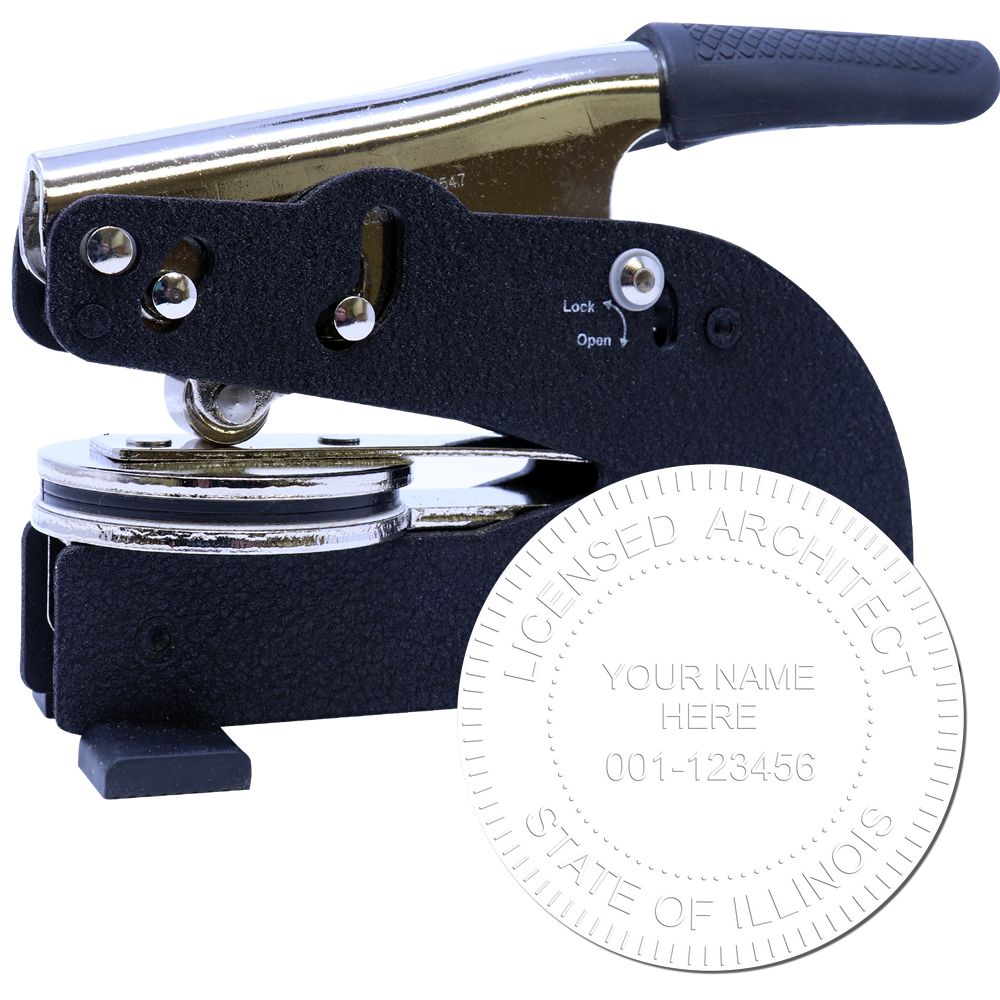
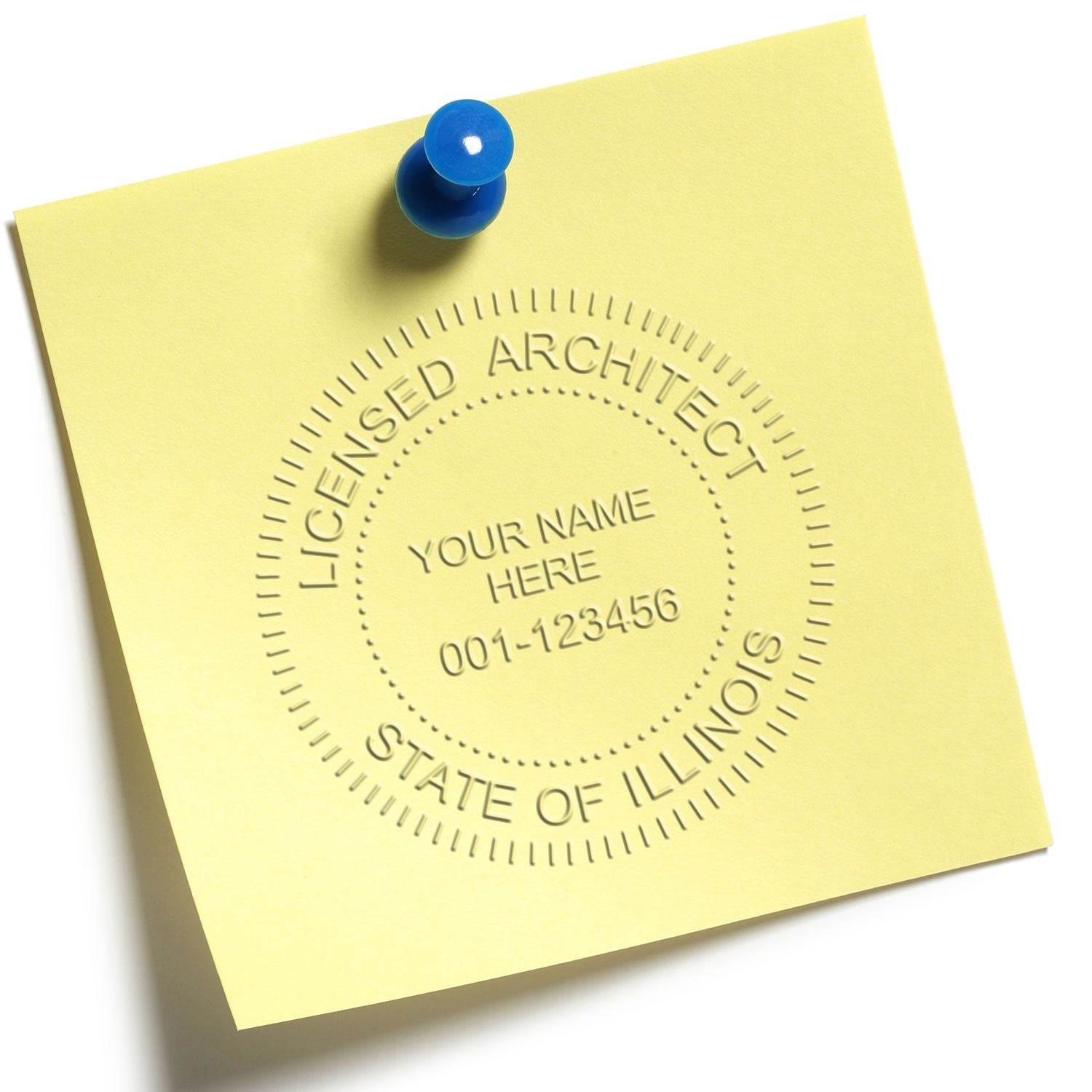
Maintaining Good Standing as an Architect
Maintaining good standing as an architect is vital for professional success and compliance with Illinois architect seal laws. This involves fulfilling all licensing requirements, meeting continuing education obligations, and upholding professional ethics.
Architects must renew their license with the IDFPR periodically, usually every two years, to continue practicing in Illinois. It's important to keep track of renewal deadlines and submit the necessary documentation and fees on time. Failure to renew in a timely manner may result in penalties or the inability to practice as an architect.
Additionally, architects should fulfill any continuing education requirements mandated by the IDFPR. These requirements ensure that architects stay updated with the latest industry knowledge and practices. By completing the required continuing education credits, architects can demonstrate their commitment to professional growth and compliance. For more details on the application process and renewal requirements, consult our article on Illinois architect stamp guidelines.
Consequences of Non-Compliance
Non-compliance with Illinois architect seal laws can have serious consequences for architects. Failure to meet licensing requirements, renew licenses on time, or adhere to professional standards may result in disciplinary actions by the IDFPR.
The consequences of non-compliance can include fines, suspension of licensure, or even revocation of the architect's license. These penalties can significantly impact an architect's professional reputation, ability to practice, and overall career trajectory. It's important to take the necessary steps to remain compliant with all architect seal laws and regulations.
By staying informed, fulfilling licensing requirements, and maintaining good standing, architects can ensure compliance with Illinois architect seal laws. This commitment to compliance not only promotes professional success but also upholds the integrity of the architectural profession in the state. For architects looking to purchase an Illinois architect stamp, you can find more information in our article on Illinois architect stamps.
About ESS
At ESS - Engineer Seal Stamps, precision meets passion. As leading craftsmen in the industry, we meticulously design custom rubber stamps, professional seals, and notary stamps tailored to perfection. But what truly sets us apart is our unwavering commitment to stellar customer service. Every interaction, every product, and every detail is infused with our promise of excellence, further cemented by our esteemed state board guarantee. Our legacy is built not just on the stamps and seals we produce, but on the trust and satisfaction of the professionals we serve. With ESS, you don't just get a stamp; you experience a standard of service that's truly unparalleled.

